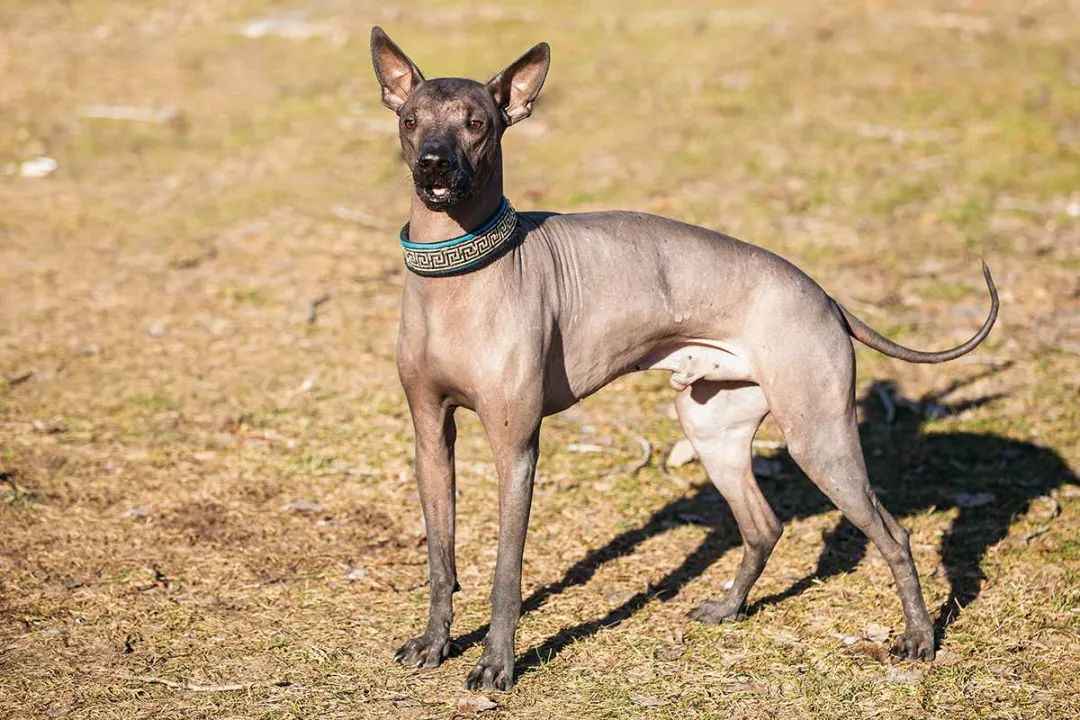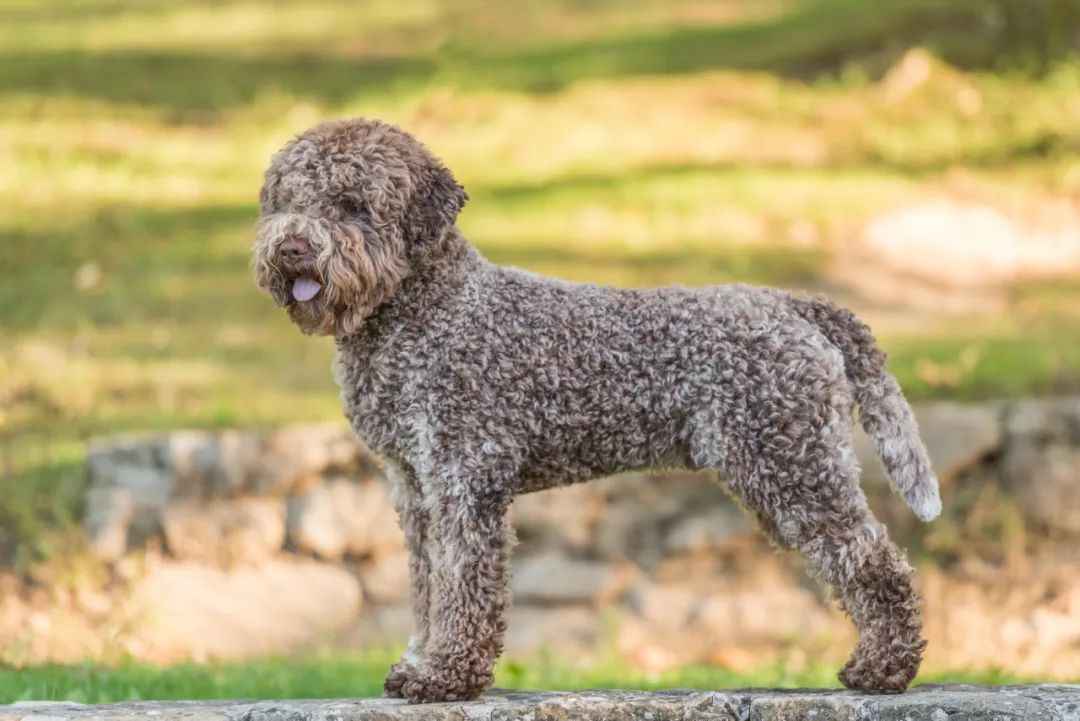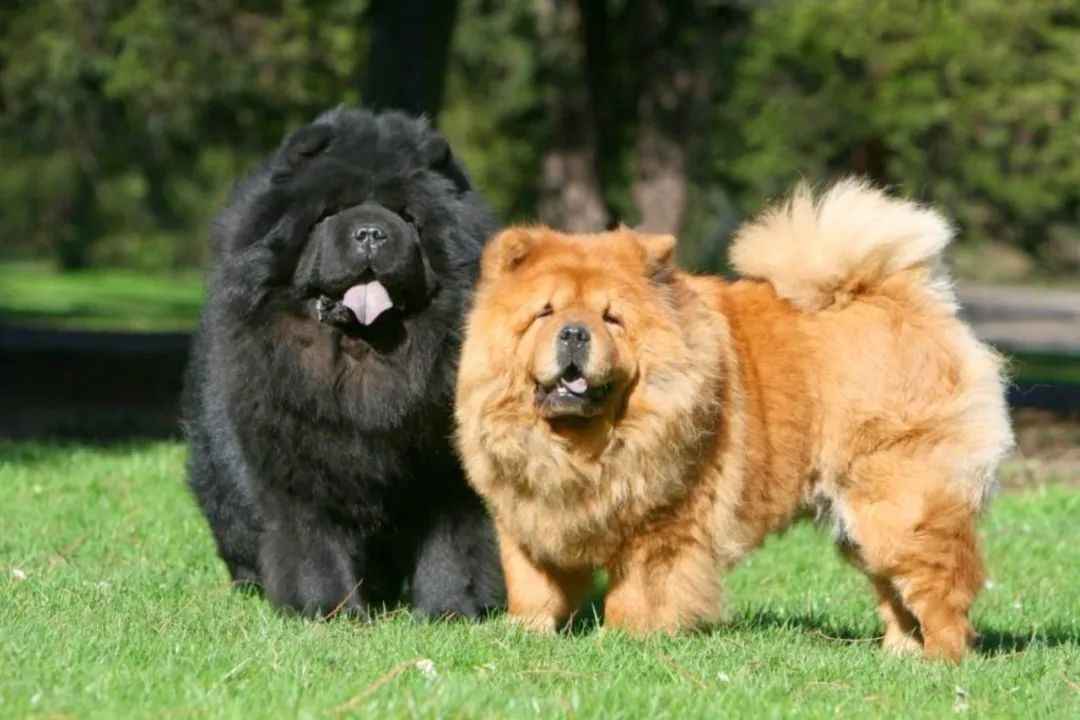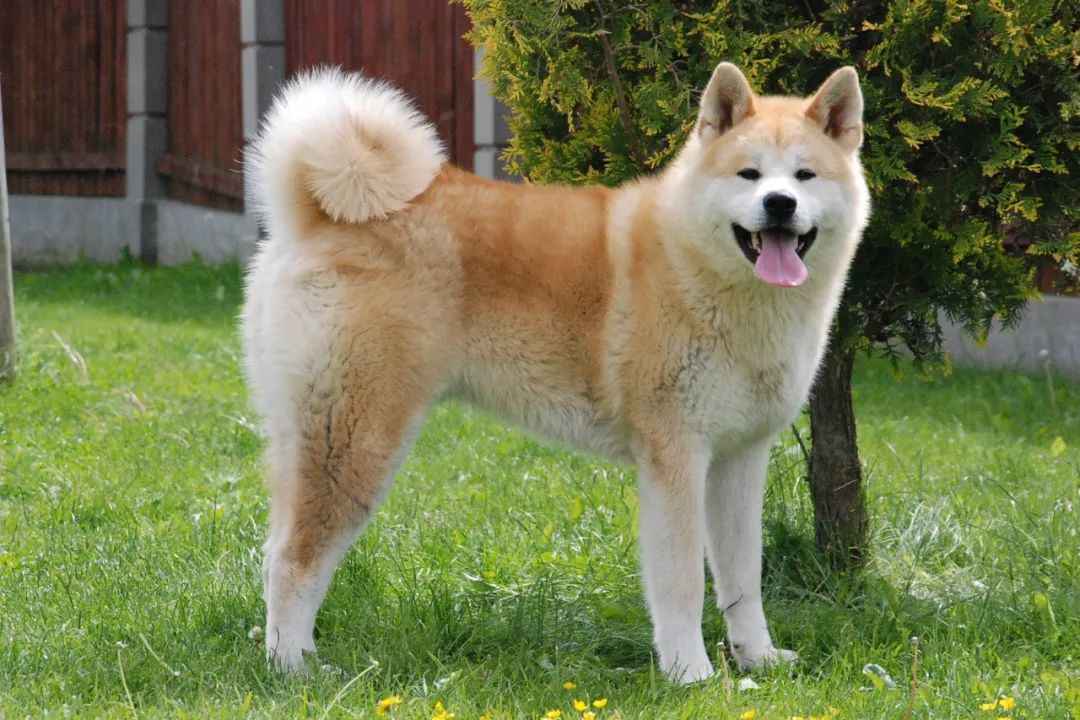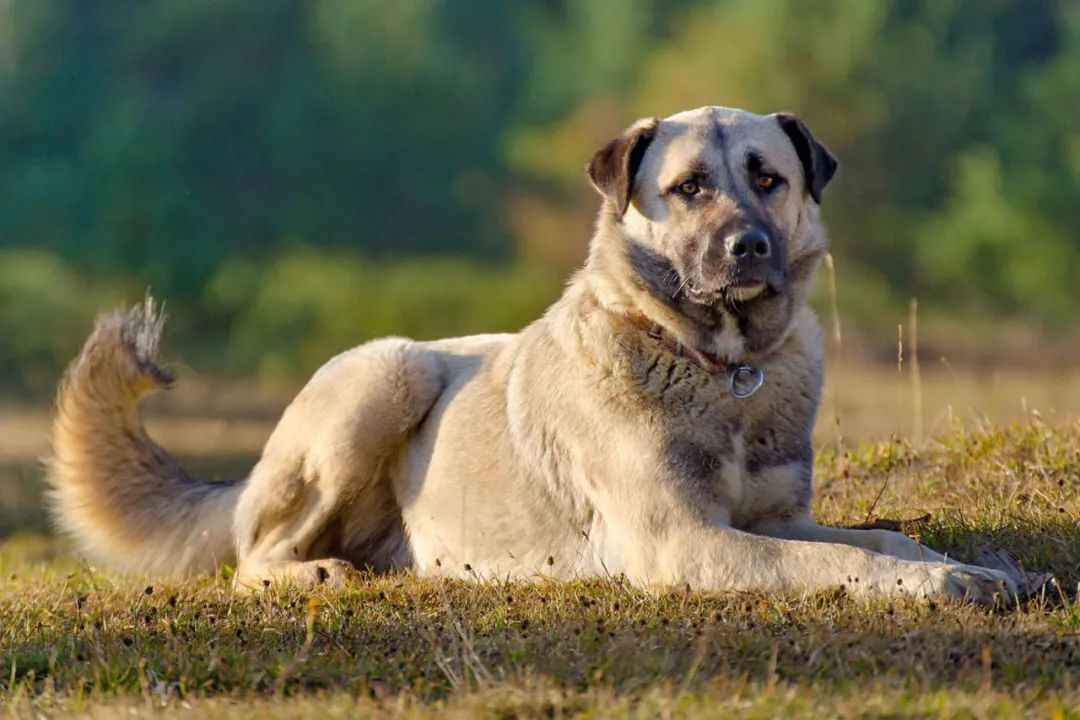The Xoloitzcuintli, whose name fuses the Aztec god of death “Xolotl” with “itzcuintli” (dog), carries over 3,500 years of history. As one of the world’s oldest breeds, it is not only a living fossil of Mexican culture but also captivates global attention with its unique appearance and mythical lore24.
From Myth to Modernity: Mexico’s Sacred Hairless Dog, the Xoloitzcuintli, Makes a Resurgent Comeback
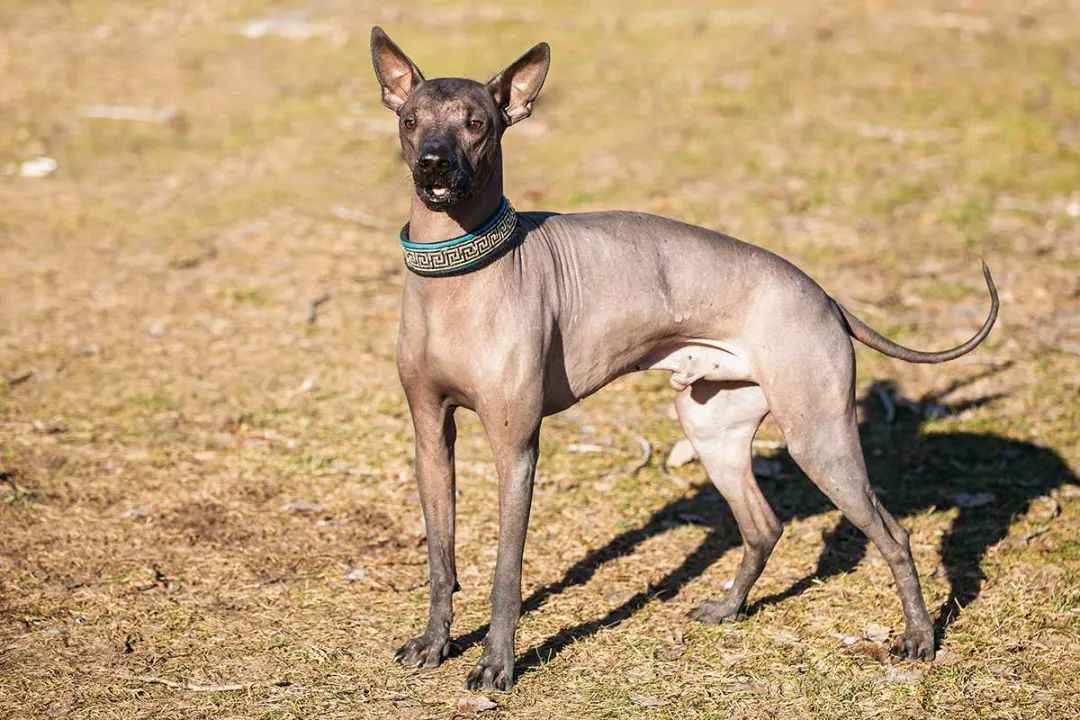
Source: Images from the Internet, if there is any infringement, please contact the removal of
The Xoloitzcuintli, whose name fuses the Aztec god of death “Xolotl” with “itzcuintli” (dog), carries over 3,500 years of history. As one of the world’s oldest breeds, it is not only a living fossil of Mexican culture but also captivates global attention with its unique appearance and mythical lore24.
The Aztecs revered the Xoloitzcuintli as a sacred “guide to the underworld,” believing it escorted souls across the river Mictlán5. This belief is encoded in its coat colors: black dogs were deemed “overused” for crossings, white ones “too inexperienced,” while mottled gray individuals were considered spiritually qualified5. Today, Mexico City has designated it a “Cultural Heritage and Symbol,” with its image gracing ancient pottery and Disney’s Coco as the beloved character Dante11.
The Xoloitzcuintli’s hairlessness is an evolutionary marvel. Its vascular-rich skin runs 2-3°C warmer than other dogs, earning it the nickname “hot water bottle” in ancient times—a tradition reflected in the phrase “three-dog night,” where multiple Xolos were needed for warmth3. Classified into toy (10-14"), miniature (14-18"), and standard (18-23") sizes, their skin ranges from bronze to reddish-brown, with some sporting coarse hair on heads and feet6. While hairlessness requires sunscreen and moisturizing to prevent sensitivity, it also makes them hypoallergenic companions26.
On Mexican streets, Xoloitzcuintlis are often mistaken for statues due to their smooth skin and regal posture89. This aesthetic has inspired artists from Frida Kahlo to contemporary digital creators11. As pets, they are loyal yet reserved, thriving in apartments with 20 minutes of daily exercise to combat obesity6. Notably, the breed regained AKC recognition in 2011, with global numbers rising despite remaining rare3.
With a lifespan of 13-18 years, Xoloitzcuintlis are generally robust but prone to hip dysplasia and puppy acne67. Their diet must accommodate potential missing premolars, while skin care demands vigilance12. Mexican authorities and NGOs are safeguarding the breed through breeding programs and cultural initiatives, ensuring it transcends legend to thrive in the modern world.
From Aztec temples to urban landscapes, the Xoloitzcuintli embodies the continuity of civilizations. This breed, both a messenger of death and a loyal companion, lives on as a testament to Mexico’s enduring legacy.

